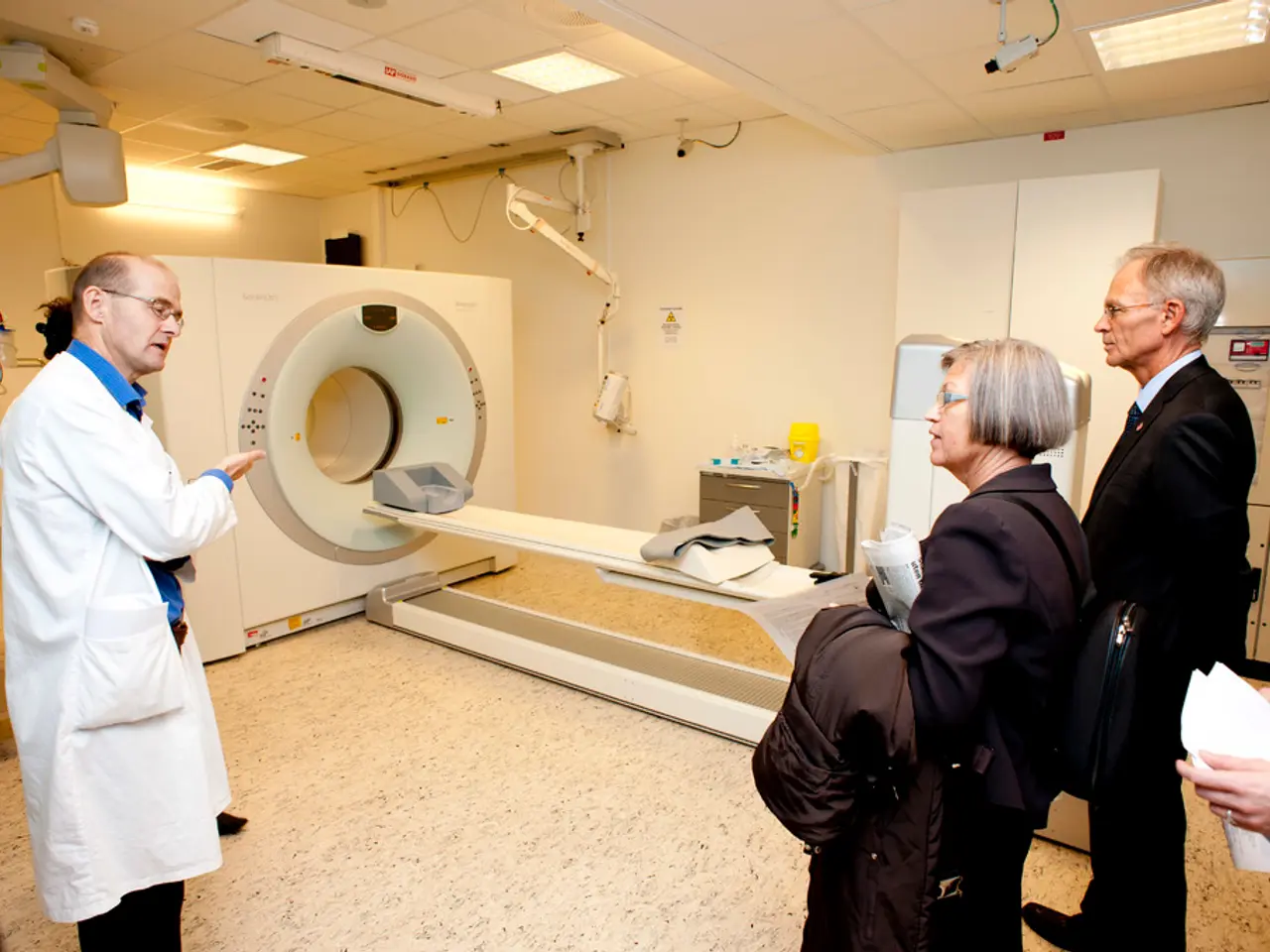Artificial Intelligence and Sustainability: A Call for Transformation
The ever-evolving world of Artificial Intelligence (AI) is revolutionising various sectors, including the screen industries, by automating tasks traditionally performed by humans. However, this digital revolution comes with a significant environmental cost.
AI data centers currently consume about 2.1% of global electricity, with the share of AI-specific servers increasing significantly. In the US alone, data centers consumed approximately 200 terawatt-hours (TWh) in 2024, with AI servers accounting for 53 to 76 TWh of that total. This energy consumption is forecasted to rise dramatically, with global electricity consumption by AI data centers projected to increase from about 50 billion kilowatt-hours (50 TWh) in 2023 to around 550 billion kilowatt-hours (550 TWh) by 2030—an elevenfold increase.
This surge in energy use is primarily driven by increasingly large AI models, which consume roughly ten times more electricity than typical internet searches. Cooling infrastructure also adds substantially to these energy demands.
The environmental impact is consequential, with greenhouse gas emissions from data centers projected to rise from 212 million tons in 2023 to 355 million tons by 2030. If unchecked, these emissions could reach 40% of the annual US emissions.
To address this issue, several potential long-term solutions have been proposed. These include:
1. Energy-efficient infrastructure and cooling: Advances in hardware and more efficient cooling techniques can reduce energy use per computation.
2. Power capping and intelligent scheduling: Data centers can implement power-capping to limit the maximum power consumption of AI processors, slightly increasing task time but saving energy. Scheduling AI workloads to run during times of abundant renewable energy can further reduce carbon footprints.
3. Renewable Energy Integration: Transitioning to renewable power sources to supply data centers can mitigate emissions even if absolute energy consumption grows.
4. AI for Energy Optimization: AI itself is being used to optimise energy systems and improve the efficiency of data center operations and broader energy grids, supporting a more sustainable energy transformation.
5. Smaller, more efficient models and algorithms: Developing AI models that require less computation without sacrificing performance can lower energy demands, although this requires ongoing research and innovation.
In light of these concerns, calls for transparency about energy usage and the addition of consumption labels to models and outputs have been made. Notably, OpenAI, the company behind the viral Studio Ghibli-style image generator, has imposed a limit of three AI-generated images per day to reduce the strain on graphical processing units.
Elon Musk's AI data center in Memphis is powered by portable methane gas turbines, demonstrating one possible solution to the energy demand issue. However, the issue of radioactive waste from nuclear power remains largely overlooked in discussions about long-term fixes.
President Trump signed an executive order in April advocating for the construction of new coal-powered generators to support AI developers. As the debate over energy sources continues, it is clear that sustainable solutions are crucial to ensure the AI industrial revolution does not come at the expense of our planet.
Science and environmental-science communities are raising concerns about the environmental impact of AI data centers, as their energy consumption is projected to increase significantly. With global electricity consumption by AI data centers expected to rise from 50 TWh in 2023 to 550 TWh by 2030, technology innovations are needed to address this issue, such as energy-efficient infrastructure, AI for energy optimization, and smaller, more efficient AI models to reduce energy demands and combat climate-change.




